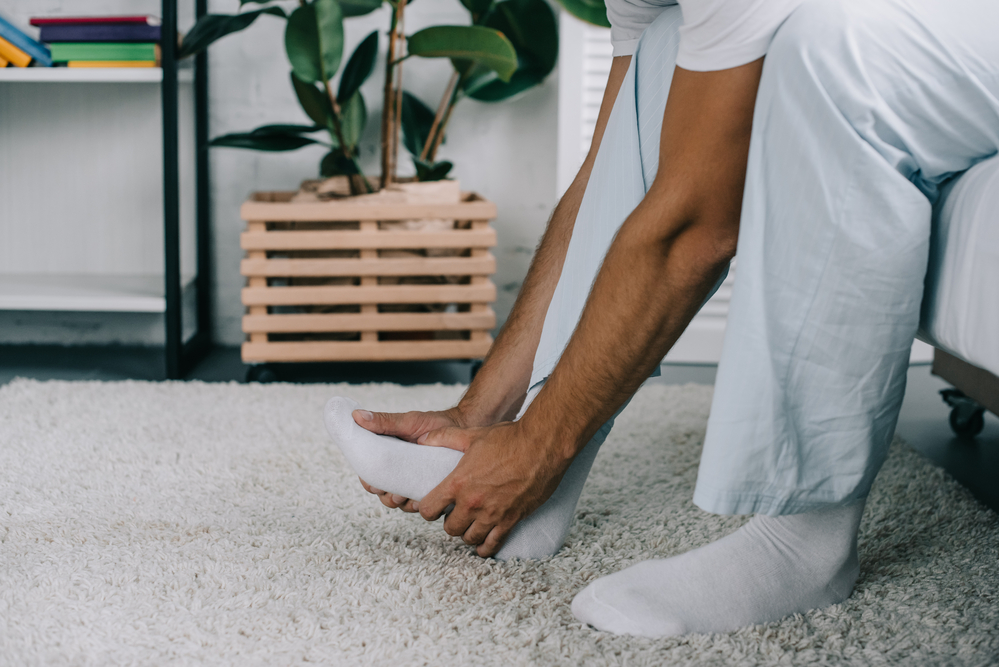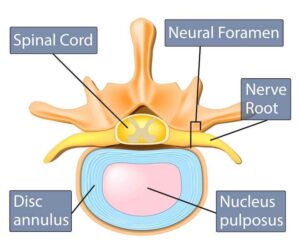Plantar fasciitis is found in both sport (runners) and people that work on their feet. We have previously discussed this in the blog “How do I know if I have plantar fasciitis?”. If you have not done so, I would recommend you start there for more background information on risk factors, anatomy, differential diagnosis, and our chiropractic approach to treating plantar fasciitis.
Plantar fasciitis can take up to six months to go away on its own. Even then, it may very well return if the source of the problem is never addressed. I want to share with you, whether you are a runner or work on your feet, the best exercises for plantar fasciitis. These are exercises that I use daily at OMNE Chiropractic to treat people struggling with heel pain due to plantar fasciitis.
I am going to assume that you have already tried stretching out your calf. Most people that get to my office struggling with plantar fasciitis have already tried that, so I typically do not spend too much time on it. However, If you haven’t, this is a great place to start to help with heel pain.
Check out this YouTube video on Tri-planar calf stretching.
1. Plantar Fascia Massage / Specific Stretching
Plantar fasciitis is a soft tissue diagnosis. It occurs when abnormal strain is placed on the plantar fascia resulting in pain and injury. Most of the time this isn’t actually due to inflammation. With that being said, we need to work the tissue of the lower leg and foot to help limit the symptoms of plantar fasciitis. Muscles help absorb force and limit the strain placed on the plantar fascia. An effective way to improve the tissue quality in the lower leg is with plantar-specific stretching and self-massage.
First off, familiarize yourself with some basic anatomy. The calf sits at the back of your lower leg, it is made up of your gastrocnemius and your soleus which blend to form your Achilles tendon. The Achilles tendon transfers load into the plantar fascia which is why lower leg musculature is so important to address in plantar fasciitis. Think of this as the top-down approach when treating plantar fasciitis.
Plantar specific stretching:
If you have previously used a lacrosse ball to roll out the bottom of your foot and found good relief, carry on. It is a perfectly reasonable thing to do to mobilize the bottom of the foot. Using a lacrosse ball to roll out the bottom of the foot is more of a shotgun approach. I want to show you how to be more precise leading to increased relief and faster results.
Foam rolling to the lower leg:
As you may recall, the muscles on the back of your leg blend together to form the Achilles tendon which directly impacts loads transferred to your plantar fascia. Making sure you have good mobility and tissue quality in the lower leg muscles ensures appropriate load transfer into the plantar fascia. Healthy tissue in the lower leg can help limit and absorb the repetitive forces with prolonged standing or running.
2. Banded Toe Extension
The development of plantar fasciitis is not correlated with arch height. In fact, the best predictor of getting plantar fasciitis is the speed at which the digits dorsiflex during the push-off part of the gait cycle.
This rapid dorsiflexion is often due to weakness in the intrinsic muscles of the foot results in increase strain on the plantar fascia. The best way to remedy this situation is through a banded exercise that focuses on slowly raising the toes. By controlling the speed at which the toes dorsiflex we can strengthen the appropriate muscles of the foot to lessen strain on plantar fascia.
3. High load strength training / Heel raises
If we can understand that plantar fasciitis is most often not related to inflammation but a degenerative condition then it will help us understand while we need to strengthen both the calf (top-down) and the foot (bottom-up). With both runners and workers, load got us into this mess, therefore load is what is going to get us out this mess.
We can do this through a simple calf raise with a slight modification to increase the impact on the plantar fascia. Remember earlier, when we were discussing the importance of tissue quality of the lower leg, we talked about the load is transferred from the Achilles tendon into the plantar fascia? Then we talked about the muscles of the foot buffering against too much strain on the plantar fascia. The poor plantar fascia is just getting it from all angles, you may understand why it is hurting and crying out for help.
The Windlass mechanism of the foot helps with the arch formation and takes our foot from this mobile adapter into a stiff lever to propel us forward. We can aid in this mechanism using a towel underneath the forefoot to place our toes into slight extension and better activate this mechanism.
This is not an exercise for acute flare-ups of plantar fasciitis. Focus more on the first two exercises if that is you. This is for longstanding plantar fasciitis cases.
0-2 weeks – 3 sets of 12 repetitions
2-6 weeks – 4 sets of 10 repetitions
6 weeks – 5 sets of 8 repetitions
Other conservative treatment options for treating Plantar Fasciitis:
- Decrease Standing time by 50% for Workers with plantar fasciitis
- Shoes with stiff midsole and forefoot spring
- Low-Dye Taping Technique / Orthotics
If you still have questions about our sports chiropractic approach to plantar fasciitis please don’t hesitate to reach out and make an appointment.




